Patan na Patola
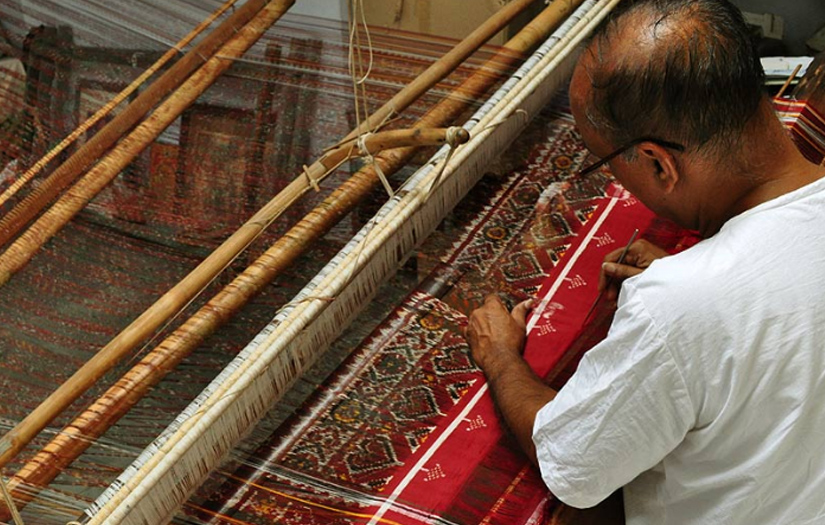
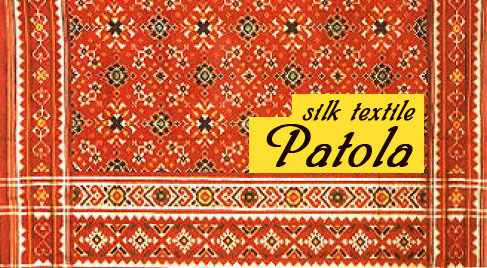
Patola is an exquisite and wonderfully intricate silk textile of India, believed to have originated in the 7th Century AD. Patola silk textiles are produced by resist dyeing of warp and weft threads before weaving, a complex process known as double ikat which is also practiced in other parts of India and abroad. However, Patola of Patan (Gujarat) is unique in its geometric floral and figurative patterns executed with precision of design planning, and meticulously accurate weaving alignment which results in precise outline of the patterns. This requires immense visualization and coordination skills. It is a marvel of weaving and precision, with its many coloured warp and weft matching perfectly at their designated places to create intricate motifs.
The practitioners of this craft are the Salvis, who get their name from ‘Sal’ (Sanskrit for loom) and “Vi” (the rosewood sword used in a Patola loom).
Patan, founded by Vanraj Chavda in 746 AD, is situated 130 kilometres from Ahmedabad on the banks of the River Saraswati. It was the capital of Gujarat from 746 AD t o 1411 A D. Three major Rajput clans the Chavadas (746 – 942AD), Solankis (942-1244 AD) and Vaghelas (1244 – 1304AD) — ruled from here. The Solanki rule is considered as the golden age; prosperity peaked during the reign of King Kumarpal. Patan became a centre of patola weaving during his reign (1143-1173AD).
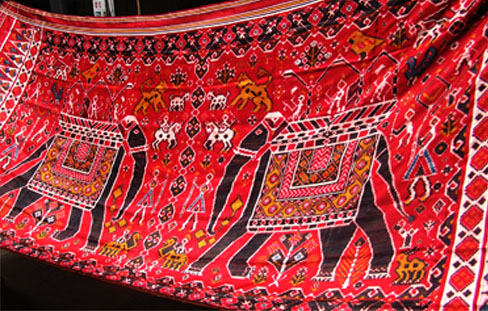
Kumarpal had deep respect for Jain traditions. He was very scrupulous about his attire and always used new patola clothes while going to temples. The ‘patolu’ worn by king Kumarpal used to be specially imported from South India. One day, the temple priest barred Kumarpal from entering the temple by saying that his clothes were ‘impure’. An inquiry into this led to the finding that the king of Jalna was exporting the fabric after first using them as bedspreads. Deeply offended, Kumarpal fought and defeated the ruler of Jalna and brought 700 Salvi craftsmen to Patan so that he could be assured of procuring unsullied fabrics. It is believed that some weavers also came from Karnataka in addition to those that came from Maharashtra. At a later date, Kumarpal converted the Salvi families into Shwetamber Jains.
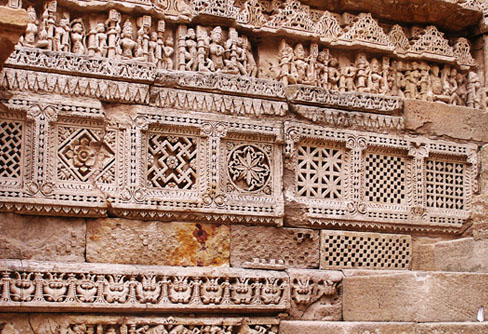
Patola has had a deep imprint on the culture and identity of Patan. The designs of Patola are seen in the carved stone panels of the 11th Century Rani-ki-Vaav, (Queen’s Step well) in Patan. The distinctive long straight streets of Salvivad in Old Patan, once a hub of Patola weavers, were laid out so especially for stretching out warp threads.
Patola has traditionally been considered auspicious among certain Gujarati communities –Nagar Brahmins, Jains, Vohra Muslims and Kutchi Bhatias. Historically, Patola was a prestigious item of Indian export to Indonesia and Malaysia around the 13th century where Indian, Portuguese, Dutch and other merchants presented them to the aristocracy to gain exclusive trading rights. Patola was used as a symbol of power and authority, and even attributed protective, curative and magical powers. In the islands of Bali, Sumatra, Sulawesi, Roti, and Lamalera, Patola, became the preserve of the highly privileged. Prominently displayed on ceremonial occasions, these banners became emblems of power, social status, and economic standing. They were “power cloths”, passed on from generation to generation as sacred heirlooms, guardians of the family’s or clans prosperity and well-being.
Patola also appears in the accounts of travellers from Ibn Batuta (1342) to Tavernier (17th century), and many others.
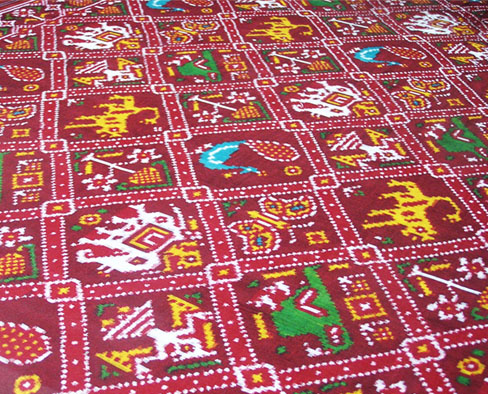
Patola saris continue to remain highly prized as festive clothing in Gujarat. The widespread opinion that they represent the traditional wedding sari, however, is not quite correct. The mothers of the couple and other older ladies will often appear in the colourful glow of these silks as a sign of their prosperity, religious feeling and traditional way of life. Patola are a matter of prestige. They are carefully preserved family heirlooms and are often presented as bridal gifts. A bridegroom may wear one over his shoulders as a lucky charm, or use it to drape his horse on his ride to the wedding ceremony.
In some Hindu and Jain communities, patola play a major role in the simanta or agharni ceremony, which is celebrated in the seventh month of pregnancy. This phenomenon demonstrates that patola are auspicious and protect their wearer from sickness and misfortune. The cloths derive their magic power from their purity and holiness, which is inferred from the material, silk, but also from the fact that they are made by members of the higher Hindu and Jaina communities. Red and Green, the dominating colours, and certain motifs are considered to be auspicious and to ward off evil. Therefore, it is hardly surprising that these textiles play an important role in religious ceremonies.
There are references to Patola in Gujarati literature and folklore, from the 17th century poem Kunwarbai nu mameru to recent popular songs such as Chelaji Re, in both of which Patola is highly praised.
The Gujarati saying, “ Padi Patole bhaat, phate pan fitey nahin”, meaning, “where the design may tear but the color will never fade”; truly describes the character of Patola.
For more detail visit – Research & Archive site
Buy patola online – shop.gaatha.com

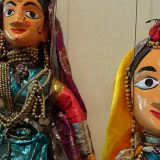
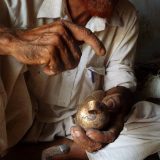







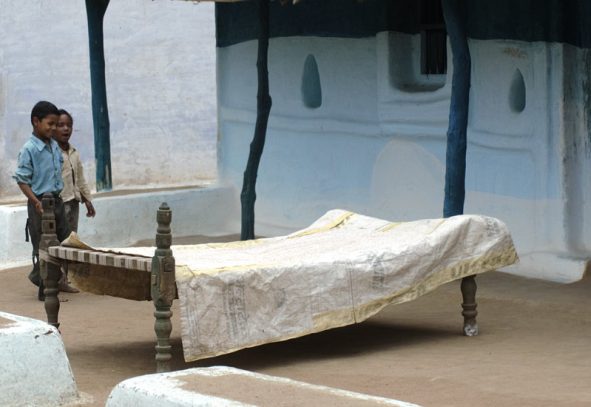
Rupal Dhanani
Well , after knowing in deep regarding Patolas of Patan , I felt great being a Gujarati . . . I would like to wear Patolas of Patan , if I ever get chance …. Such pattern I haven’t found so far in Sari … I had only listened about Patan’s Patolas but today I have known why these Patolas are so famous.. .. Pattern so beauteous and fabulous .. .. Traditionally designed … So greatly woven …..